The “Risk Management Dashboard V1.2” Excel file is designed as a comprehensive tool for managing and analyzing risks within a project or organization. Here’s an overview of each component and the benefits they offer:
Overview
- Risk Settings:
- This section allows for setting up risk parameters and configurations specific to the organization or project. It may include risk categories, thresholds for risk levels, and other customizable settings.
- Risk Identification:
- This sheet is used to identify and list potential risks. It likely captures key details such as the risk type, description, responsible parties, and the context of each risk.
- Risk Analysis:
- In this section, the identified risks are analyzed. It probably involves evaluating the probability, impact, and severity of each risk using qualitative or quantitative methods. The data here is essential for prioritizing risks and determining mitigation strategies.
- Risk & Opportunity Matrix:
- This matrix provides a visual representation of both risks and opportunities, categorizing them based on severity, probability, and impact. It helps in assessing where focus and resources should be directed.
- Dashboard:
- The dashboard offers a consolidated view of the risk management process. It visually displays key metrics and risk statuses, helping stakeholders quickly assess the overall risk environment and any actions required.
- Calculation:
- This sheet contains the calculations that support the risk assessments, such as probability-impact scores, risk prioritization, and other quantitative evaluations. It ensures that the analysis is data-driven and consistent.
- Chart:
- The chart section provides graphical representations of risk data, such as risk distribution, trends over time, or the breakdown of risks by category. It supports data visualization for clearer communication of risk insights.
Benefits
- Centralized Risk Management:
- The dashboard consolidates all risk-related information in one place, providing a comprehensive view for decision-makers and stakeholders.
- Efficient Risk Identification and Analysis:
- The structured approach to identifying and analyzing risks ensures no critical risks are overlooked and that each risk is assessed using consistent criteria.
- Visual Insights and Easy Monitoring:
- The dashboard and charts provide visual summaries that make it easier for users to monitor risk levels and trends, improving the speed and clarity of decision-making.
- Customizable Settings:
- The flexibility to set up and configure risk parameters means the tool can be adapted to different projects or organizational needs, increasing its applicability and relevance.
- Data-Driven Approach:
- The use of quantitative calculations and matrices ensures that risk assessments are objective and based on data, enhancing the reliability of risk prioritization and mitigation efforts.
- Proactive Risk Management:
- By integrating opportunities alongside risks, the tool allows for proactive management, turning potential challenges into opportunities when possible.
This dashboard can greatly enhance the efficiency and effectiveness of risk management processes, aiding in better planning, monitoring, and decision-making.
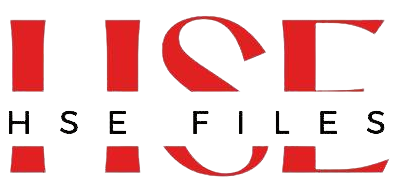
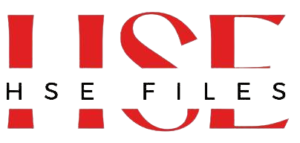

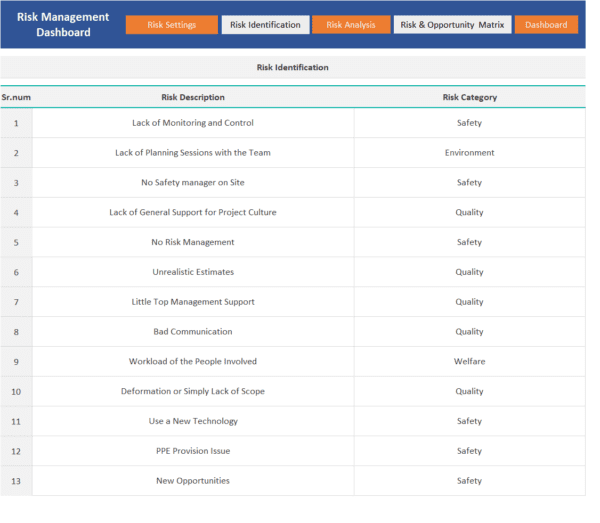
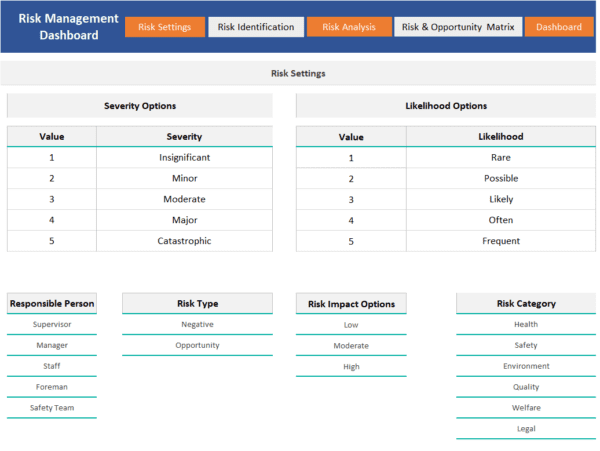
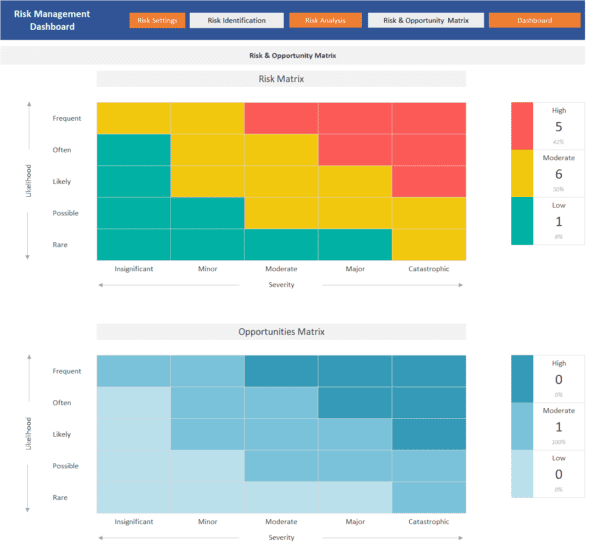
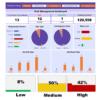

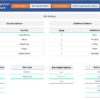

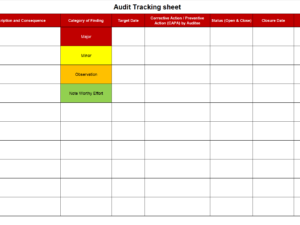
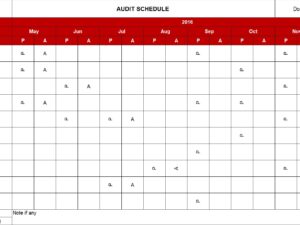
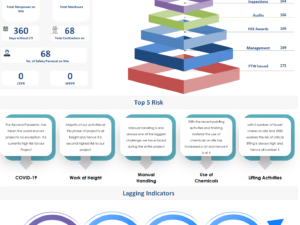
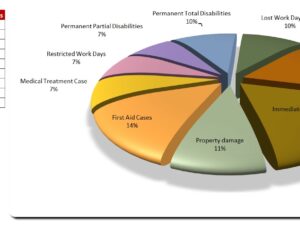
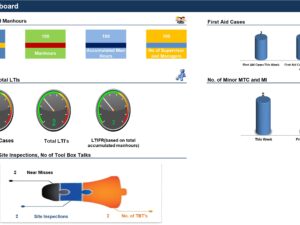
Reviews
There are no reviews yet.